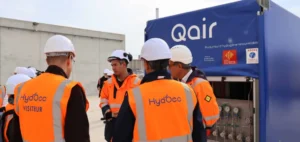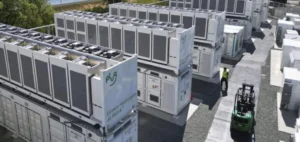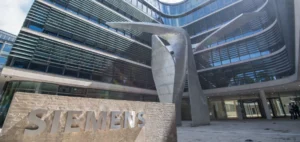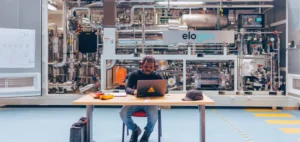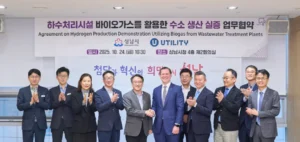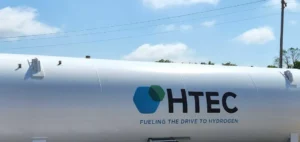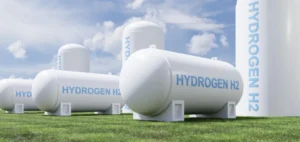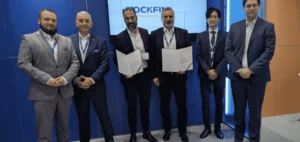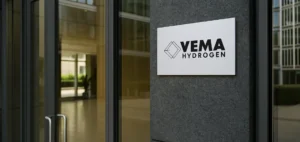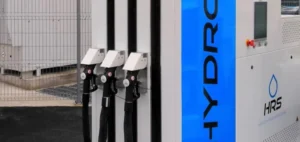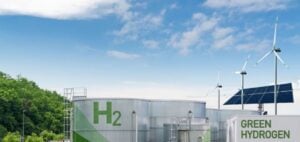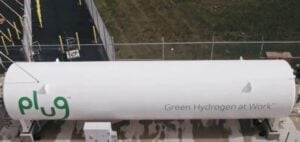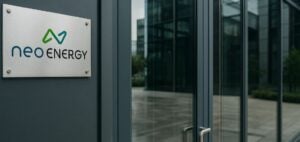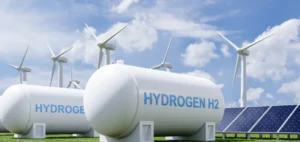Enagas’ Green Hydrogen Supply volumes will be sufficient to feed the H2Med pipeline project, linking Portugal to Germany by 2030. In this article, we explore recent developments in this ambitious project and the implications for the future of green hydrogen in Europe.
Enagas’ Call to Potential Producers
Enagas CEO Arturo Gonzalez recently announced that the company’s call for interest from potential producers should give a clear indication by January 2024 of possible volumes of green hydrogen supply to the Spanish market. This crucial step could play a decisive role in the success of the H2Med project. The details of this call and the market’s expectations are essential to understanding what’s at stake.
The H2Med Pipeline
The H2Med project is an ambitious subsea pipeline linking Spain to France and Germany. With a planned capacity of 2 million tonnes of hydrogen per year, this project is known as ‘Barmar’, in reference to its landing points in Barcelona and Marseille. This section looks at the scale of the project and the costs involved, as well as its potential role in Europe’s transition to cleaner energy.
Potential Challenges
Despite Enagas’ optimism, there are challenges ahead for the H2Med project. Philippe Boucly, President of France Hydrogene, expressed concern about sufficient supply to meet the 2030 deadline. France plays a key role as a transit country in this project, and balancing network entries with demand remains a major concern.
German Demand for Green Hydrogen
Germany, as one of the H2Med pipeline’s main final destinations, is of particular interest. According to current Enagas estimates, German demand for green hydrogen by 2030 will reach 3.9 million tonnes a year, a significant proportion of which will have to be imported. This section explores German demand in detail and its potential impact on the project.
Spain’s role in Hydrogen Production
Enagas forecasts that Spain will be producing between 2 and 3 million tonnes of hydrogen per year by 2030, while domestic demand will increase significantly. Spain will also import a substantial quantity of hydrogen from Portugal. This section examines Spain’s role as a producer and consumer of green hydrogen.
The Road Ahead
The H2Med project still has a long way to go. At this stage, no firm investment has been announced by any party. Enagas CEO Arturo Gonzalez hopes that the adoption of an EU directive in the coming months will clear the way for potential investors. This section highlights the challenges ahead and the steps to be taken to bring this major project to fruition.
Costs of Polymer Membrane Electrolysis (PEM)
Finally, a key factor in the transition to green hydrogen is the cost of production. Platts, a subsidiary of S&P Global Commodity Insights, valued the costs of polymer membrane electrolysis (PEM) in the Netherlands at 8.65 euros per kilogram on October 23. This valuation is down 7% on the previous week, underlining the progress made in reducing the production costs of green hydrogen.
The H2Med project promises to play a major role in the transition to a green hydrogen economy in Europe. Enagas remains confident in the feasibility of green hydrogen supply, but challenges remain. The future of this project will greatly influence how Europe approaches the production and use of green hydrogen to meet its environmental objectives. We will continue to monitor its development closely.



